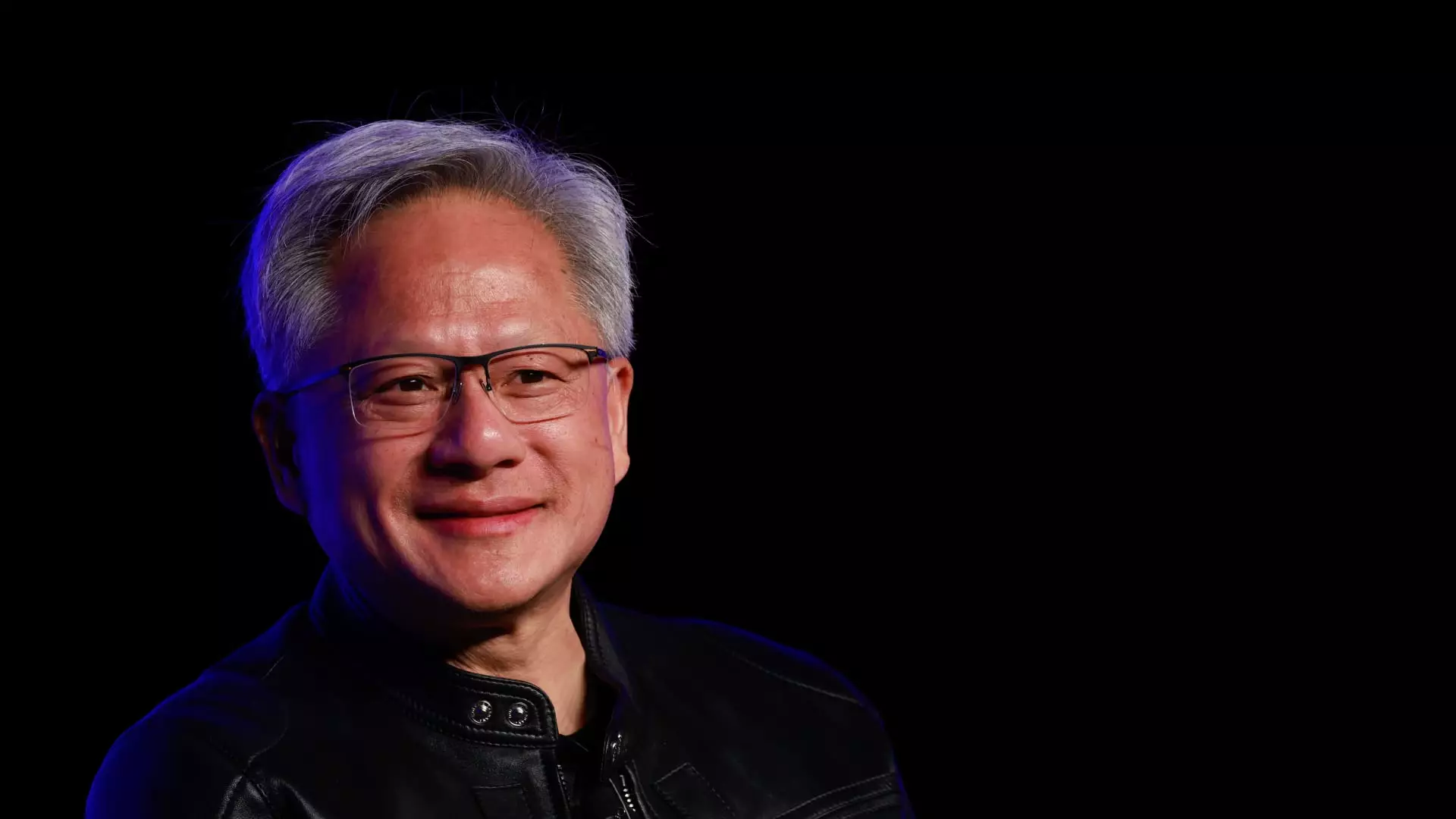Nvidia CEO Jensen Huang recently characterized artificial intelligence as the “great equalizer,” a term that has profound implications for both technology and society. In his address during London Tech Week, Huang contrasted the complexities of historical computing with the burgeoning accessibility AI offers. For decades, mastering programming languages and intricate systems was a domain potentially closed off to many, often reserved for those with specialized training or education. Huang’s assertion that the new programming language is simply “human” underscores a monumental shift—one where the barriers to technology are collapsing, allowing everyday individuals to harness the power of computing through natural language.
The accessibility of technology has often been a critical concern, especially as we navigate the digital landscape. Huang’s assertion that past programming demanded technical prowess feels particularly relevant today. It is not just a matter of using the right code or knowing how to architect complex systems; it addresses the broader issue of inclusivity in our digital age. AI’s evolution into a tool that can be directly interacted with using common language significantly lowers the entry barrier. It invites a more diverse pool of users to participate in technological innovation, expanding horizons that once seemed impossible.
The Human Touch in Programming
Huang’s insightful perspective sheds light on the unprecedented ways individuals can now engage with AI. The advent of conversational AI systems—exemplified by products like OpenAI’s ChatGPT—has changed the landscape of programming. Instead of needing to understand intricate codebases, users can communicate with AI as they would with another person. Huang demonstrated this with a compelling example: asking an AI to compose a poem based on a keynote address. This type of interaction not only showcases AI’s capabilities but emphasizes an increasingly vital skill—effective communication.
The ability to instruct an AI through simple, conversational prompts opens the door for countless applications in education, business, and creative ventures. In essence, users need to harness their writing and communication skills more than their technical skills. This transformation is likely to redefine what we consider “digital literacy.” It encourages everyone—from schoolchildren to seasoned professionals—to engage with technology in ways that feel intuitive rather than daunting.
The Rise of AI in Everyday Tasks
As companies like Shopify and Duolingo integrate AI into their operations, we’re witnessing a seismic shift in workplace dynamics. Huang suggests that this embrace of AI is not something to fear but an opportunity for employees to enhance their productivity and value. As automation looms large in discussions surrounding labor markets, the conversation must pivot towards how humans can use AI to complement and elevate their capabilities. Huang’s optimism is palpable; he envisions a workforce that collaborates with intelligent systems rather than being supplanted by them.
The increasing number of business users turning to AI tools demonstrates a significant trend toward leveraging technology for competitive advantage. With OpenAI reporting three million paying users, we see a growing acknowledgement of AI as a critical asset rather than a potential threat. This sea change suggests a future where tasks can be more creatively approached, resulting in enhanced innovation and efficiency.
A Call to Embrace AI
Huang’s message resonates particularly with students and younger generations. By encouraging children to experiment with AI, he emphasizes an educational paradigm that prioritizes exploration and curiosity over rote learning and memorization. This approach fosters a generation that not only understands but also shapes technology, ensuring a continuous cycle of innovation.
The prospect of programming with AI by merely articulating thoughts highlights a critical evolution in our relationship with technology. It prompts society to re-evaluate what skills are fundamentally necessary in the digital age. No longer is technical mastery the sole arbiter of proficiency; conversational and creative abilities are becoming equally important. In doing so, AI encourages a broader societal shift toward inclusivity, creativity, and collaboration in technology—a futuristic vision that Huang fervently advocates.
As we navigate this evolving technological landscape, it is essential to acknowledge that the true power of AI lies not just in its capabilities but in how it empowers individuals. The future is promising, and the potential for human creativity and innovation is boundless when combined with the transformative capabilities of AI.


Leave a Reply